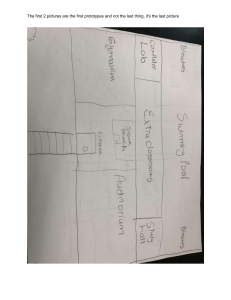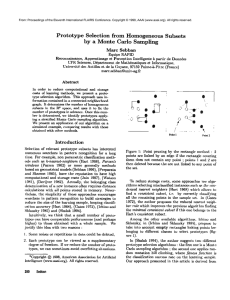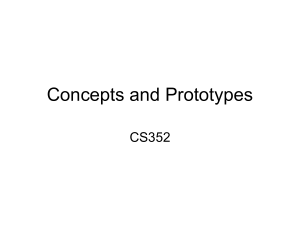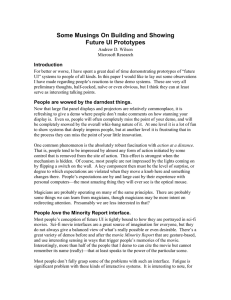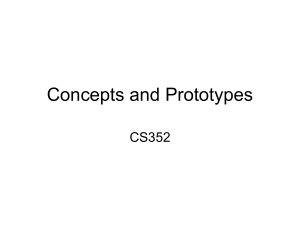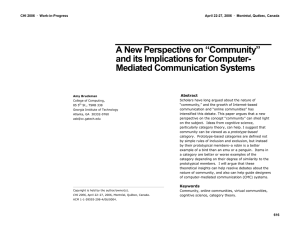1. Social Identity
advertisement
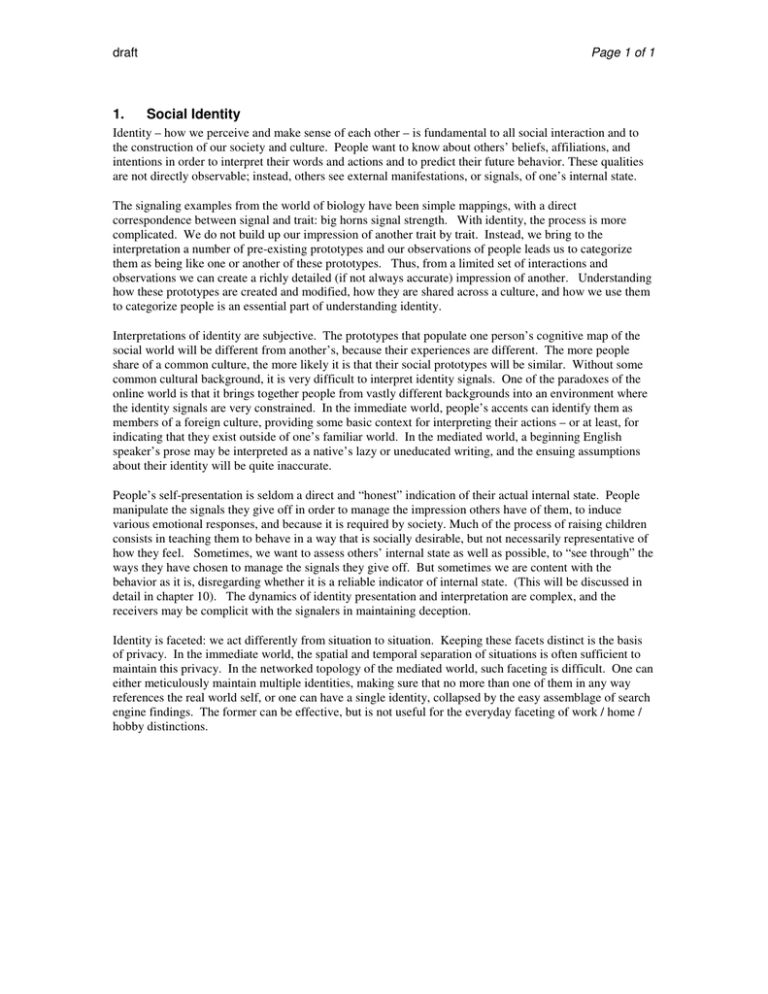
draft 1. Page 1 of 1 Social Identity Identity – how we perceive and make sense of each other – is fundamental to all social interaction and to the construction of our society and culture. People want to know about others’ beliefs, affiliations, and intentions in order to interpret their words and actions and to predict their future behavior. These qualities are not directly observable; instead, others see external manifestations, or signals, of one’s internal state. The signaling examples from the world of biology have been simple mappings, with a direct correspondence between signal and trait: big horns signal strength. With identity, the process is more complicated. We do not build up our impression of another trait by trait. Instead, we bring to the interpretation a number of pre-existing prototypes and our observations of people leads us to categorize them as being like one or another of these prototypes. Thus, from a limited set of interactions and observations we can create a richly detailed (if not always accurate) impression of another. Understanding how these prototypes are created and modified, how they are shared across a culture, and how we use them to categorize people is an essential part of understanding identity. Interpretations of identity are subjective. The prototypes that populate one person’s cognitive map of the social world will be different from another’s, because their experiences are different. The more people share of a common culture, the more likely it is that their social prototypes will be similar. Without some common cultural background, it is very difficult to interpret identity signals. One of the paradoxes of the online world is that it brings together people from vastly different backgrounds into an environment where the identity signals are very constrained. In the immediate world, people’s accents can identify them as members of a foreign culture, providing some basic context for interpreting their actions – or at least, for indicating that they exist outside of one’s familiar world. In the mediated world, a beginning English speaker’s prose may be interpreted as a native’s lazy or uneducated writing, and the ensuing assumptions about their identity will be quite inaccurate. People’s self-presentation is seldom a direct and “honest” indication of their actual internal state. People manipulate the signals they give off in order to manage the impression others have of them, to induce various emotional responses, and because it is required by society. Much of the process of raising children consists in teaching them to behave in a way that is socially desirable, but not necessarily representative of how they feel. Sometimes, we want to assess others’ internal state as well as possible, to “see through” the ways they have chosen to manage the signals they give off. But sometimes we are content with the behavior as it is, disregarding whether it is a reliable indicator of internal state. (This will be discussed in detail in chapter 10). The dynamics of identity presentation and interpretation are complex, and the receivers may be complicit with the signalers in maintaining deception. Identity is faceted: we act differently from situation to situation. Keeping these facets distinct is the basis of privacy. In the immediate world, the spatial and temporal separation of situations is often sufficient to maintain this privacy. In the networked topology of the mediated world, such faceting is difficult. One can either meticulously maintain multiple identities, making sure that no more than one of them in any way references the real world self, or one can have a single identity, collapsed by the easy assemblage of search engine findings. The former can be effective, but is not useful for the everyday faceting of work / home / hobby distinctions.






